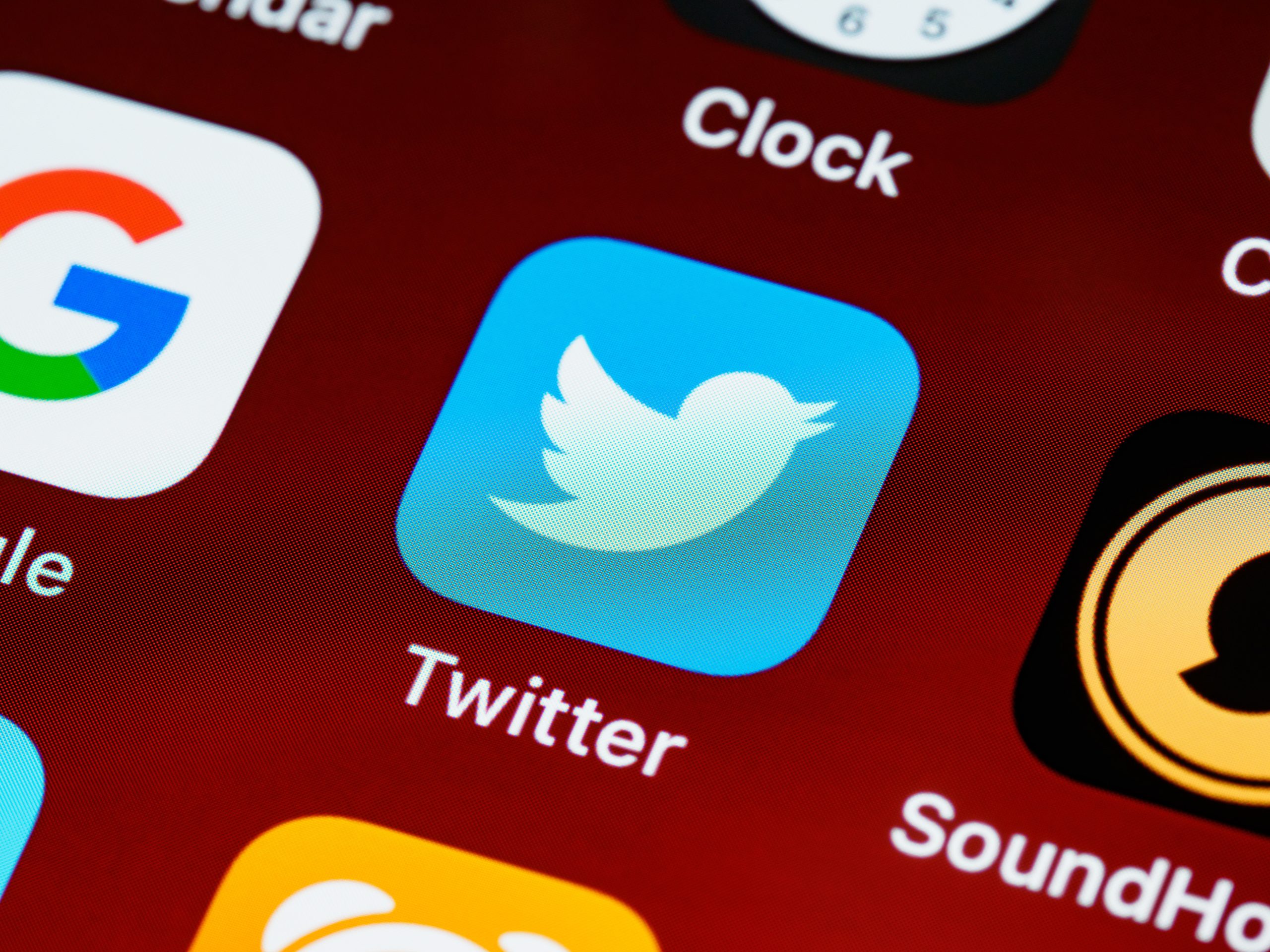
In today’s digital age, attention spans are getting shorter and shorter by the day, and the demand for engaging content is rising. The concept of entertaining, educational content, or “edutainment,” has gained significant popularity and has proven to be an effective method for captivating the imagination and holding audiences’ attention while teaching them new concepts or materials.
Understanding Edutainment Content
The goal of edutainment is to teach an audience what you need them to know in an entertaining way. As counterintuitive as it may seem, one of the best ways to get them to care about your story is to design content that’s relevant for them; not you.
This type of content goes beyond traditional education methods by incorporating:
- Engaging storytelling techniques
- Interesting visuals
- Interactive elements
All of these techniques are designed to make learning more enjoyable and accessible. This encourages and motivates learners to actively participate and engage with your content.
Work doesn’t feel like work if you enjoy it, and when you present educational content in an entertaining way, you create a more immersive and enjoyable experience. This leads to improved retention of knowledge and an increased interest in the subject matter. For example, in some schools, students have fun while developing their problem-solving capabilities with the wildly popular video game Minecraft. It’s been successfully used in the classroom to teach students complex concepts by presenting them as fun parts of the game.
While it may seem new, edutainment content has a long history of success. Generations of young children have benefited from TV shows like Sesame Street and Mr. Rodger’s Neighborhood, which teach essential skills through music and comedic skits. Similarly, kids have enjoyed shows like Bill Nye the Science Guy, and The Magic School Bus which present scientific concepts in a fun format.
Creating Edutainment Content
When designing and creating edutainment it’s important to know who your target audience is. Understanding their needs, preferences, and potential educational goals will help you tailor the content so it resonates with them effectively.
Whenever it’s practical, consider adapting your content for different mediums so you’re able to deliver your message across multiple platforms. There’s power in repetition. If you have content presented as a video, part of a game, and also as a podcast, you’ll naturally increase the opportunities for your audience to interact with it in a manner that best fits their needs.
Power of Immersion
Storytelling plays a critical role in effective edutainment content. By crafting compelling stories you invite your audience to become fully immersed in your world. Here you can present them with complex ideas and information in a highly relatable format. By incorporating visuals such as illustrations, animations, or slideshow presentations, you can further immerse your audience and enhance their learning experience.
Designing Effective Edutainment
Adding humor to edutainment will make it even more appealing. When something is funny it feels lighter and easier to connect with. Interactive elements like funny little multiple-choice quizzes, puzzles, challenges, or interactive simulations increase active participation and reinforce what’s being taught.
Providing the chance for continuous communication and feedback with user surveys and assessments will make it easier for you to make any needed improvements going forward.
Implementing suggestions will also help keep your content fresh, effective, relevant, and entertaining.
The Best of Education and Entertainment
Edutainment content combines education and entertainment to create immersive and fun learning experiences. By understanding your target audience and using a variety of different mediums, you can design effective edutainment content. Embracing this approach can revolutionize the way your audience learns and at the same time make education more accessible and enjoyable for all.
Do you need help creating effective edutainment content? Contact ArachnidWorks; we will ensure your content resonates with your audience.




